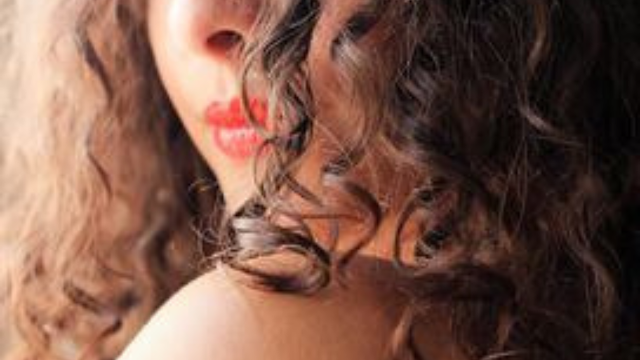Do you have wavy hair and have questions about taking care of it? Because it is a change between straight and curly and brings properties of both types, taking care of wavy hair can seem confusing at first. To help you with this task, CH talked to professionals in the field and compiled tips to maintain hair health and value waves even more.
Wavy hair types
Wavy strands are not the same and knowing the properties that each curvature has makes all the difference in hair care. Classified as "type 2", they can be subdivided into categories 2a, 2b and 2c.
2nd
Quite discreetly wavy, this type of hair usually has straight roots, little volume and waves concentrated in the length and ends.
2b
This type of hair has more defined waves, especially in the shape of an "S". It also has some volume and a tendency to frizz.
2C
Thicker, larger locks with defined waves that can come out of the root mark the properties of this type of hair. Frizz can also appear frequently in this category.
How to protect wavy hair
Use products designed for your hair type. When choosing the shampoo, mask, leave-in and conditioner that will be part of your beauty routine, remember that they are indicated for wavy hair. It makes all the difference in hair care as they will have specific nutrients to enhance your hair type.
Hydration and Nutrition
Curly hair tends to be drier, as the hair's curvature prevents the natural oils from the roots from reaching the ends. Although it happens more subtly, wavy strands also go through this and need hydration and nutrition to stay healthy.
Alternate weekly between a deeper moisturizing procedure and a nourishing one. Once a month it is also possible to bet on the recomposition of the threads to strengthen the threads and avoid breakage. If the hair is very brittle, this step can be done every 15 days for as long as it is important.
It is essential to constantly observe how your hair reacts to treatments, if it needs more hydration, nutrition or recomposition at that moment, so that you can meet this need in the right way.
Avoid hot water
Wavy and curly threads are naturally drier and, therefore, it is recommended to wash them continuously with cold or lukewarm water, as the hot temperature opens the cuticles that seal the thread, which lets the moisture present in it escape, causing crack even more.
Be careful when combing
Avoid combing the hair after it dries to avoid increasing frizz or erasing the wave pattern. Take advantage of the conditioning or hydration moment to untangle the locks. Start at the ends, then work from mid-lengths to ends, and finally from roots to ends to prevent hair breakage. He prefers to use a wide-tooth wooden comb, as it helps keep his hair curly and also prevents static caused by synthetic materials that increase frizz.
How to fight frizz
Wavy hair has a natural tendency to frizz as it is drier. Consequently, recurrent hydration is required to maintain control of the chicken dermis. The use of salts in the hair also helps the locks to be more aligned. Try to avoid habits such as rubbing the towel a lot when drying your hair and washing it with hot water, which increase the appearance of chicken skin. Other alternatives to help deal with them are resting with a satin pillowcase and using the diffuser (making movements from tip to root) to dry the hair.
How to texture wavy hair
Texture is key for wavy hair as it helps to add body to the waves. Bet on light products, which do not weigh down the hair and will help conceptualize the curl. Leave-in, low-fat modeling creams and curl activator are some of the finishers that can help in this step.
A simple technique to help conceptualize the waves is to use the finisher with the strands still damp and "knead" them with your hands in movements from the ends to the roots. The fit can also contribute to conceptualizing the ripple. Separate the strands into small strands and apply the Leave-in by activating it with your fingers. Let it dry naturally or, if you prefer, dry with a diffuser. Using salt spray is another option for a messier finish, while mousse helps those looking for more volume in the final result.
Haircuts for wavy hair
Layered and undone cuts are great alternatives for wavy hair, as they help give the hair movement and make the waves stand out even more. For short hair, the pixie with oblong bangs is a good choice. Shaggy hair, which gained traction in the 70s and is making a comeback, helps balance volume. The long bob is a very versatile cut, it also balances the volume and enhances the waves. For long locks, a more rounded (U-shaped) or peaked cut at the ends is offered.




.png)


.png)
%20(1).png)
%20(1).png)



.png)